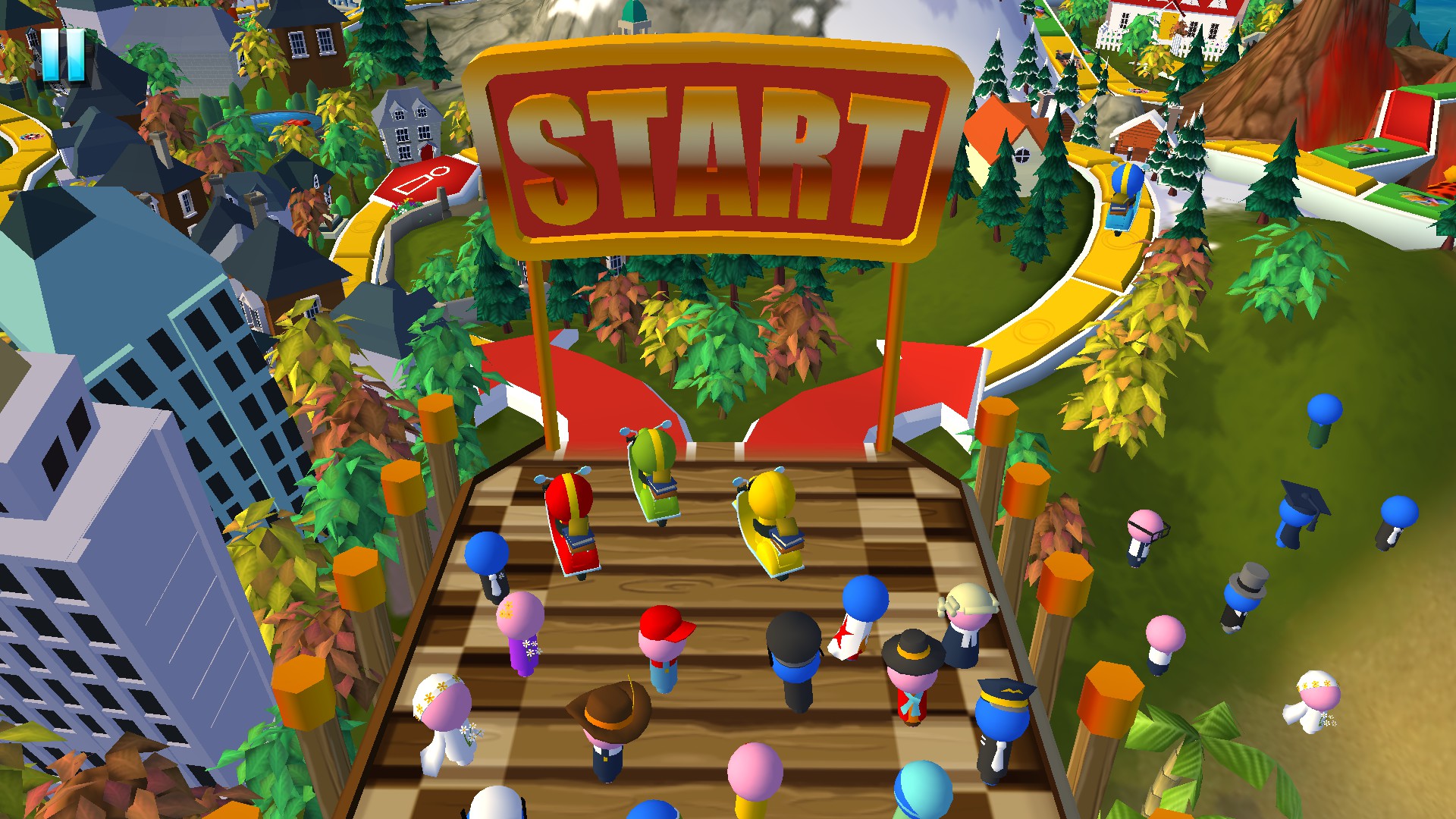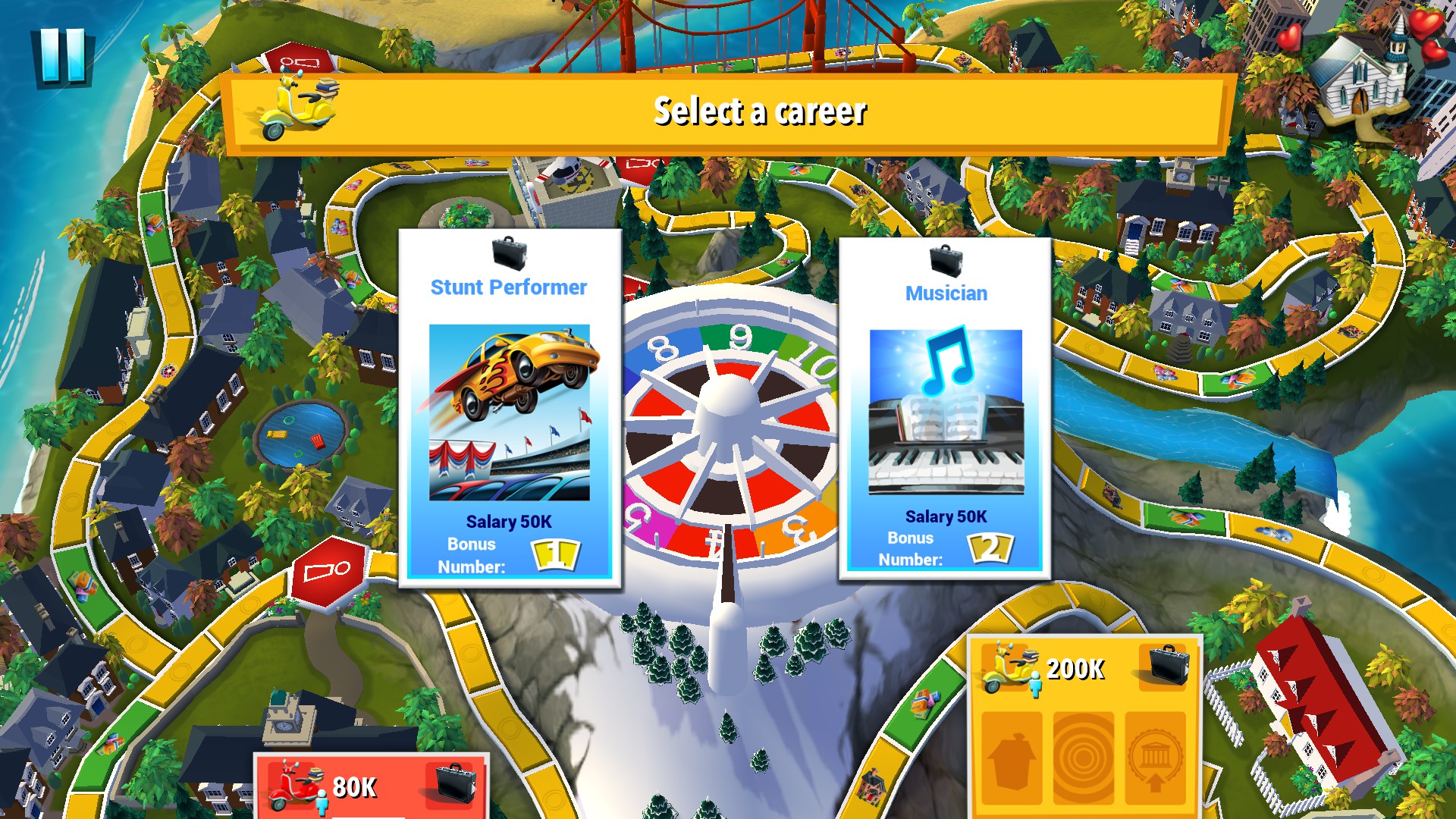

(In the introduction to this edition, Turkle quotes a PDA user as saying, "When my Palm crashed, it was like a death. Their special place betwixt and between traditional categories is part of what makes them compelling and evocative. Her interviews reveal that we experience computers as being on the border between inanimate and animate, as both an extension of the self and part of the external world. Turkle talks to children, college students, engineers, AI scientists, hackers, and personal computer owners-people confronting machines that seem to think and at the same time suggest a new way for us to think-about human thought, emotion, memory, and understanding. Turkle frames this classic work with a new introduction, a new epilogue, and extensive notes added to the original text. This twentieth anniversary edition allows us to reconsider two decades of computer culture-to (re)experience what was and is most novel in our new media culture and to view our own contemporary relationship with technology with fresh eyes. "Technology," she writes, "catalyzes changes not only in what we do but in how we think." First published in 1984, The Second Self is still essential reading as a primer in the psychology of computation. In The Second Self, Sherry Turkle looks at the computer not as a "tool," but as part of our social and psychological lives she looks beyond how we use computer games and spreadsheets to explore how the computer affects our awareness of ourselves, of one another, and of our relationship with the world.
The game of life computer game how to#
Everything from how to play to far-reaching mathematical theories is explored on.

Lastly, it is argued that acts occurring in the context of practices that have arisen in MMOs do have moral content only in the case that they meet the criteria set out in this paper and the specific context provides sufficient signaling of norms and the acceptance of those norms, that is that they occur within the context of an identifiable community of practice. Youve stumbled upon a complete guide to John H. The Game of LIFE is an excellent childrens game because there are a minimal number of decisions to make during play. Powers’s and others’ belief that MMOs are Hobbesian worlds is shown to be a misreading of the highly regulated conflict and game play that they host. It's a very good example of how a few simple rules can quickly create order out of chaos. It is argued that there is good reason to modify Powers’s criteria for establishing if act, online have moral content, and that some acts in MMOs meet these modified criteria. Life is a computer simulation devised in the 1960's by the mathematician John Horton Conway. Powers (2003) in Real Wrongs in Virtual Communities, which support acts in social worlds such as LambaMOO having content, but denies that MMOs meet the necessary criteria. Below is some background into our methods. The paper focuses on arguments presented by T. This project draws heavily on two fields of theory: genetic algorithms and Conways Game of Life. This paper argues that acts that occur in MMOs (i.e., virtual world games), even those which have meaning only in relation to the internal values of the virtual space, can (and in some cases do) have moral content. This indicates that players are not a homogeneous group with respect to player character identification and is an important consideration for designers to recognise. However, characteristics of the players, particularly gender and general experience in playing video games, did have a statistically significant affect, indicating that different levels of identification are more dependent on the player than on the game. Players can adopt pets in this version of The Game of Life game. Move the car token around the gameboard from Start to Retirement, and experience unexpected surprises related to family, career, and other milestones of life. Results indicate that the presence of story and information about the player character had no effect on identification with the plater character. In this game, players can make their own exciting choices as they move through the twists and turns of life. The work presented here takes a different empirical approach, focusing on the use of various pronoun forms (first, second, third) as an indication of the relationship between player and character. Much of this work has examined the identification of players with their characters, generally taking either a textual analysis approach, or has been empirical work that has explicitly identified the idea of identification through survey instruments, etc. There has been considerable interest in the relationship between the player and the player character. A period 43 oscillator that works by using four Snarks (discovered in 2013) to reflect some gliders around a diamond-shaped track.The player character is an important feature of many games, where it is through the character that the player interacts with game world.


 0 kommentar(er)
0 kommentar(er)
